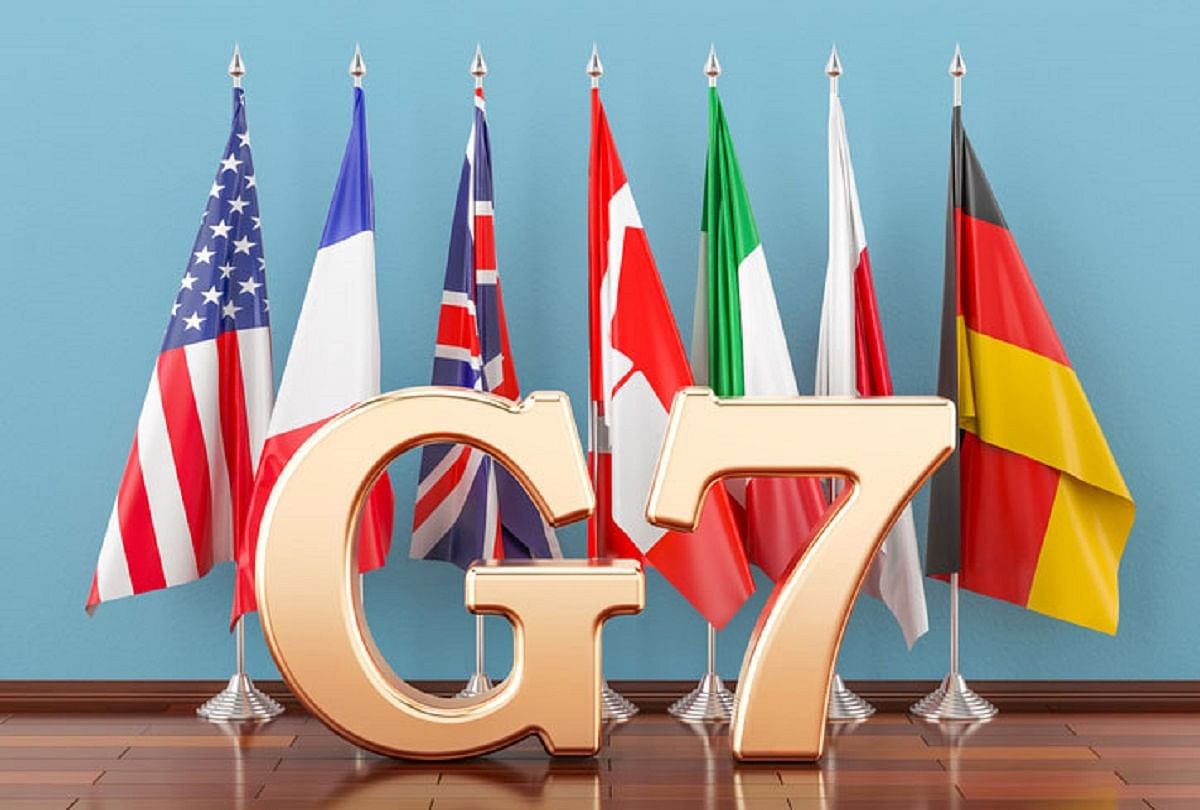 India GDP Compared to G-7 Countries: Insights from the 50th G-7 Summit in Apulia, Italy
India GDP Compared to G-7 Countries: Insights from the 50th G-7 Summit in Apulia, Italy
The 50th G-7 Summit in Apulia, Italy, brought together the leaders of some of the world’s largest economies to discuss pressing global issues and economic strategies. Among the distinguished guests was India’s Prime Minister Narendra Modi, highlighting the increasing importance of India’s economic presence on the global stage. Although India is not a member of the G-7, its participation underscores the significance of its economy, which is often compared to those of the G-7 countries.
Understanding the G-7
What is the G-7?
The G-7, or Group of Seven, is an intergovernmental organization consisting of the world’s largest advanced economies. Established in the 1970s, it includes the United States, Canada, France, Germany, Italy, Japan, and the United Kingdom. The G-7 aims to address global economic issues, enhance cooperation among member countries, and promote financial stability.
Historical Background
The G-7 was founded in 1975, initially as a response to the economic crises of the early 1970s, including the oil crisis and the collapse of the Bretton Woods monetary system. The group has since evolved to address a wide range of economic and political challenges.
Member Countries
The G-7 comprises:
- United States
- Canada
- France
- Germany
- Italy
- Japan
- United Kingdom
Each of these countries is known for its significant economic influence and developed financial systems.
Objectives of the G-7
The primary objectives of the G-7 include promoting economic growth and stability, addressing global challenges such as climate change, and fostering international cooperation on issues like trade and security.
India’s Economy: An Overview
India’s Economic Growth
India, with a population exceeding 1.4 billion, has experienced rapid economic growth over the past few decades. Its economy is characterized by a diverse mix of agriculture, manufacturing, and services, with significant contributions from each sector.
Key Economic Indicators
Key indicators of India’s economic health include:
- GDP Growth Rate: India has consistently maintained one of the highest GDP growth rates globally.
- Inflation: Managed through monetary policies, although often impacted by volatile food and energy prices.
- Foreign Direct Investment (FDI): India attracts significant FDI, reflecting investor confidence in its economic potential.
India’s GDP Composition
India’s GDP is composed of three main sectors:
- Agriculture: Accounts for about 15% of GDP but employs a large portion of the population.
- Industry: Contributes around 23% to GDP, with a focus on manufacturing and construction.
- Services: The largest sector, contributing over 60% to GDP, driven by IT, finance, and tourism.
Comparing GDP: India vs. G-7
GDP Comparison: A Snapshot
India’s GDP in 2023 was approximately $3.5 trillion, making it the fifth-largest economy in the world by nominal GDP. In comparison, the United States, the largest G-7 economy, had a GDP of over $25 trillion. While India’s GDP is substantial, it is still smaller than that of individual G-7 countries like Germany or Japan.
Factors Influencing GDP Differences
Several factors contribute to the GDP differences between India and G-7 countries:
- Population Size: India’s large population significantly impacts its GDP per capita, which is lower than in G-7 countries.
- Economic Development: G-7 countries have more advanced infrastructure and industries.
- Technological Advancements: Higher levels of innovation and technology adoption in G-7 countries drive economic growth.
Purchasing Power Parity (PPP) Analysis
When comparing GDP using Purchasing Power Parity (PPP), which adjusts for price level differences, India’s economy ranks higher due to lower cost of living and production costs. India’s GDP (PPP) is approximately $10 trillion, placing it third globally, ahead of many G-7 countries.
Economic Policies and Reforms
India’s Economic Reforms
India has undertaken significant economic reforms aimed at liberalizing its economy and attracting foreign investment. Key reforms include:
- Goods and Services Tax (GST): Simplifies the tax structure and boosts business efficiency.
- Make in India Initiative: Encourages domestic and foreign companies to manufacture in India.
- Labor Law Reforms: Improve flexibility and ease of doing business.
G-7 Countries’ Economic Strategies
G-7 countries have well-established economic policies that focus on innovation, sustainability, and digital transformation. For example, Germany’s focus on renewable energy and the United States’ investment in technology sectors are crucial components of their economic strategies.
Impact of Reforms on GDP Growth
India’s economic reforms have spurred growth and enhanced its competitiveness globally. These reforms have led to increased investment, improved infrastructure, and a more robust business environment.
Sectoral Comparison
Agriculture
India’s Agricultural Sector
India’s agriculture sector, though a smaller percentage of GDP, remains vital, employing a significant portion of the population. It is characterized by a diversity of crops and significant food production.
Agriculture in G-7 Countries
In contrast, agriculture in G-7 countries is highly mechanized and efficient, contributing a smaller percentage to GDP but producing high yields with fewer labor inputs.
Manufacturing
India’s Manufacturing Industry
India’s manufacturing sector is growing, driven by initiatives like “Make in India.” The sector focuses on textiles, chemicals, and electronics, but faces challenges such as infrastructure deficits and regulatory hurdles.
Manufacturing in G-7 Economies
G-7 countries have advanced manufacturing sectors characterized by high technology, automation, and a focus on high-value products like automobiles, machinery, and electronics.
Services
India’s Booming Service Sector
India’s service sector is the largest contributor to its GDP, led by IT and business process outsourcing (BPO) industries. It has become a global hub for software development and services.
Service Sector in G-7 Countries
G-7 countries also have dominant service sectors, particularly in finance, healthcare, and education, contributing significantly to their economies. The service sectors in these countries benefit from advanced infrastructure and high consumer spending.
Challenges and Opportunities
Economic Challenges Faced by India
India faces several challenges, including:
 Suspense Crime Sach Ka Dam
Suspense Crime Sach Ka Dam


